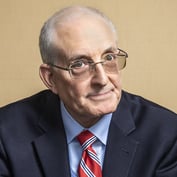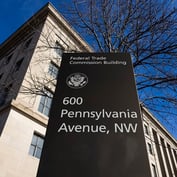Industry experts are welcoming the moves the U.S. Department of Labor made this week to clarify new regulations that govern use of default investment options in retirement plans.
“Grandfather” provisions for existing default investment arrangements based on stable value investment products will be especially helpful, according to Scott Webster, a partner at Goodwin Procter L.L.C., Boston.
“Practically, this is important because a lot of plan sponsors have been sitting and waiting because they didn’t know if the plan was grandfathered,” Webster says.
The American Council of Life Insurers, Washington, says it is still evaluating the guidance but likes the efforts the Labor Department has made to clarify the default investment option regulations.
“Plan fiduciaries should find the department’s latest guidance helpful in determining whether a particular investment qualifies for ‘grandfather’ treatment under the qualified default investment alternatives rules,” the ACLI says.
The qualified default investment alternative regulations affect efforts by sponsors and administrators of retirement plans to invest the assets of participants who have not indicated how they want to allocate their plan assets.
The Labor Department came up with QDIA safe harbor regulations that encourage plans to put uncommunicative participants’ assets in balanced funds, “target date” funds, “target risk” funds, and other funds that give participants some ability to share in investment market gains. Although plans may be able to justify using “stable value” funds and other low-risk, low-return investment funds as default options in some circumstances, the regulations have kept those funds off the QDIA safe harbor list.
Under normal circumstances, a plan now can use a stable value fund as a safe harbor default investment option for only 120 days after a new, uncommunicative participant joins the plan, officials say.
But, in December 2007, the Labor Department said plans with existing arrangements for putting unallocated participant assets in stable value funds can keep the assets in the stable value funds. To benefit from the grandfather provision, the plan sponsors or administrators must notify the beneficiaries.








 May 01, 2008 at 01:32 PM
May 01, 2008 at 01:32 PM










